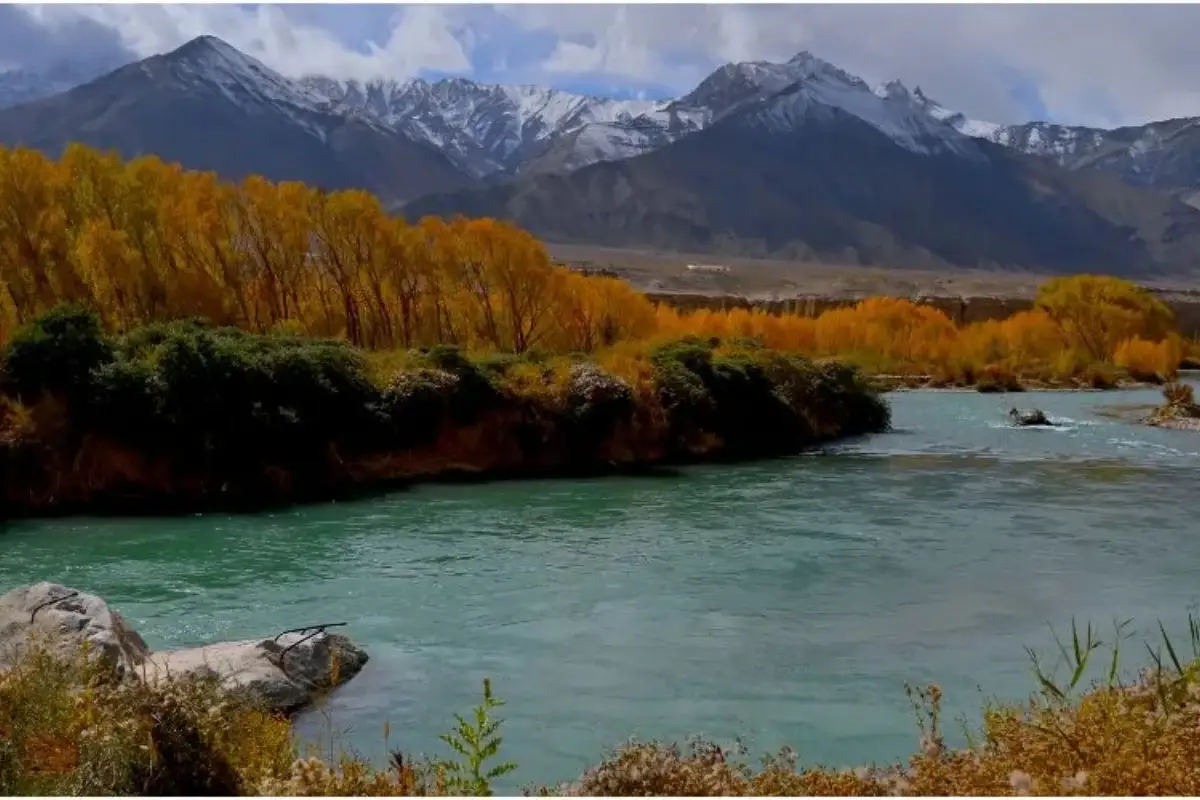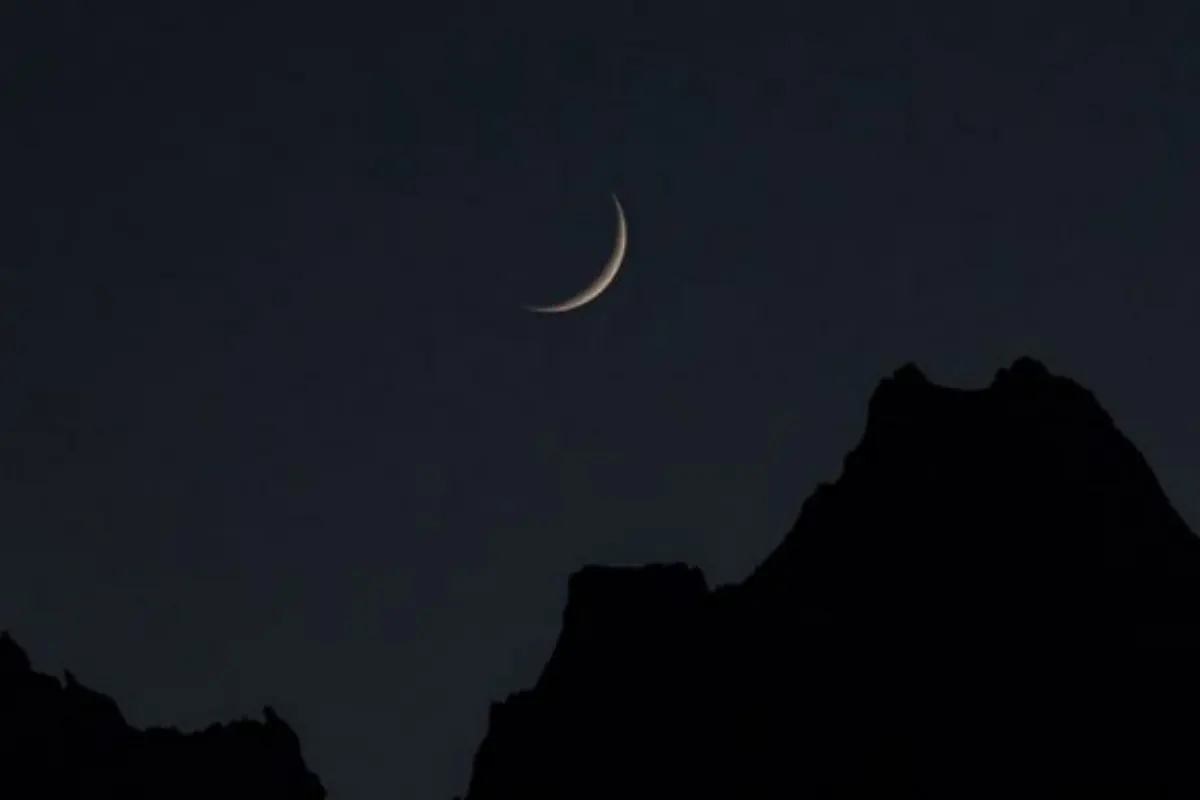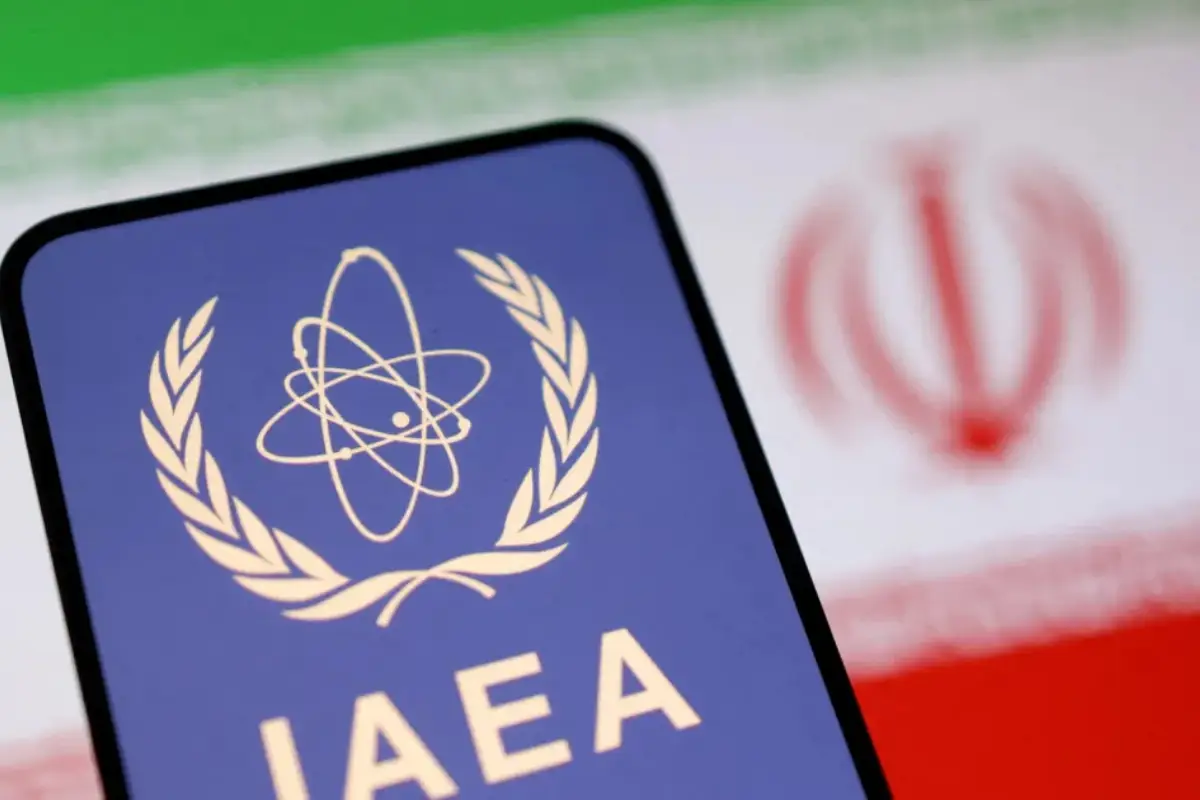Blocking Indus river could backfire on India: Experts warn

Blocking Indus river experts warn
As India once again raises the specter of “turning off the tap” on Pakistan by threatening to suspend the Indus Waters Treaty, analysts and regional experts warn that such rhetoric is both legally baseless and technically absurd—amounting more to political theater than real strategy.
India’s assumption that it can halt the flow of rivers into Pakistan, as if they were controllable water coolers, ignores the hard truths of geography, international law, and engineering limitations. The Indus River system—originating in Chinese Tibet, flowing through Indian Illegally Occupied Jammu & Kashmir (IIOJK), and emptying into Pakistan—is a natural force that powers an entire civilization. It irrigates 90% of Pakistan’s farmland and sustains more than 250 million people.
Attempts to weaponize that flow could backfire catastrophically.
A Treaty Built to Last
The 1960 Indus Waters Treaty, brokered by the World Bank, divided the six rivers of the Indus Basin between the two nations. India received control of the eastern rivers—Ravi, Beas, and Sutlej—while Pakistan was granted rights over the Indus, Jhelum, and Chenab. This deal, remarkably, has survived wars and persistent tensions.
Experts argue that India’s unilateral suspension or violation of the treaty would not amount to leverage but would trigger a geopolitical crisis. “Breaking the treaty isn’t pressure—it’s a provocation,” one analyst noted. “And the consequences wouldn’t be measured in megawatts—they’d be in megaton yields.”
Engineering Limits and Legal Boundaries
While India has constructed several hydropower projects like Kishanganga (330 MW), Baglihar (900 MW), and the still-delayed Ratle (850 MW), all are “run-of-the-river” projects. They produce electricity without storing significant volumes of water, meaning they cannot be used to control downstream flows at scale.
India’s total live storage capacity on Pakistan’s rivers is around 4.5 billion cubic meters (BCM). In contrast, Pakistan’s annual water need exceeds 120 BCM. The disparity renders any threat to “cut off” water not just ineffective but embarrassing.
To physically divert the western rivers eastward, India would have to defy the Himalayan gradient, bore through tectonic fault lines, and risk environmental catastrophe. Experts say this is not strategic planning—“it’s masochism disguised as policy.”
A Dangerous Precedent
If India chooses to block Pakistani water flows, the consequences may echo far beyond the region. China, an upstream riparian on the Brahmaputra River, may see India’s actions as precedent to pursue its own water control ambitions—turning India’s short-term posturing into a long-term strategic loss.
Rhetoric vs. Reality
So why does this narrative persist?
“Because it sells headlines,” said a defense observer. “It plays well in domestic echo chambers where starving the enemy sounds like a win. But real battlefields don’t follow TV scripts.”
The Final Word
The Indus will continue to flow—not just because of treaties or deterrence—but because it is a force of nature protected by both divine order and the global legal system. Attempts to choke that flow risk drowning not Pakistan, but India’s own credibility.
Catch all the Pakistan News, Breaking News Event and Trending News Updates on GTV News
Join Our Whatsapp Channel GTV Whatsapp Official Channel to get the Daily News Update & Follow us on Google News.











